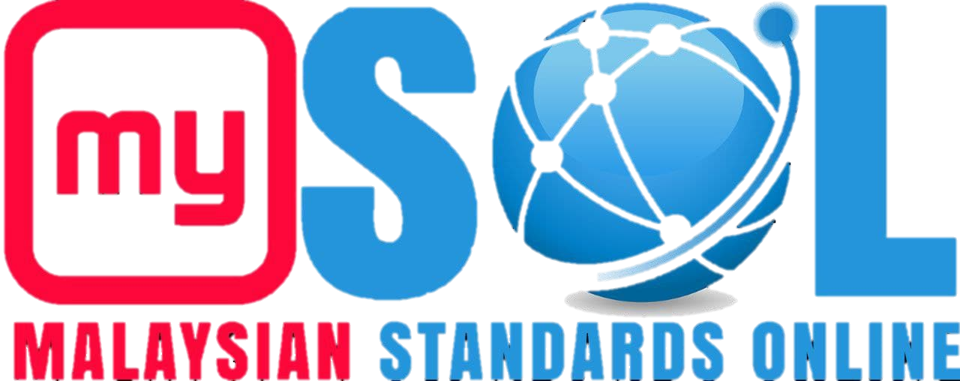TEST METHOD FOR ESTIMATION OF ENGINE OIL VOLATILITY BY CAPILLARY GAS CHROMATOGRAPHY
MS 2033:2006Status : Original
Format : PDF
This Malaysian Standard covers an estimation of the amount of engine oil volatilized at 371°C (700°F). This Malaysian Standard can also be used to estimate the amount of oil volatilized at any tempe ....Read more
TEST METHOD FOR EVALUATION OF RUST PREVENTIVE CHARACTERISTICS OF AUTOMOTIVE ENGINE OILS
MS 2032:2006Status : Original
Format : PDF
This Malaysian Standard covers a Ball Rust Test (BRT) procedure for evaluating the anti-rust ability of fluid lubricants. The procedure is particularly suitable for the evaluation of automotive engine ....Read more
TEST METHOD FOR EVAPORATION LOSS OF LUBRICATING OILS BY THE NOACK METHOD
MS 2031:2006Status : Original
Format : PDF
This Malaysian Standard covers three procedures for determining the evaporation loss of lubricating oils (particularly engineoils). Procedure A uses the Noack evaporative tester equipment; Procedure B ....Read more
TEST METHOD FOR LOW TEMPERATURE, LOW SHEAR RATE, VISCOSITY/TEMPERATURE DEPENDENCE OF LUBRICATING OILS USING A TEMPERATURE-SCANNING TECHNIQUE
MS 2030:2006Status : Original
Format : PDF
This Malaysian Standard covers the measurement of the apparent viscosity of engine oil at low temperatures.
A shear rate of approximately 0.2 s-1 is produced at shear stresses below 100 Pa. Ap
....Read more
TEST METHOD FOR DETERMINATION OF HOMOGENEITY AND MISCIBILITY IN AUTOMOTIVE ENGINE OILS
MS 2029:2006Status : Original
Format : PDF
This Malaysian Standard covers the determination if an automotive engine oil is homogeneous and will remain so, and if it ismiscible with certain standard reference oils after being submitted to a pre ....Read more
PACKAGING – WET CARGO – GUIDELINES FOR CARRIAGE ON AIR TRANSPORT
MS 2028:2006Status : Original
Format : PDF
This Malaysian Standard provides guidelines for the packaging of the wet cargo for transportation by air. Wet cargo covered in this standard includes the following:
a) marine and freshwater pr
....Read more
Good animal husbandry practice (GAHP) (First revision)
MS 2027:2018Status : 1st Revision
Format : PDF
This Malaysian Standard prescribes minimum requirements in rearing practices of animals. It relates to the establishment of husbandry practices for continuous improvement and sustainable production to ....Read more
COLD FORMED SHEET PILING OF NON-ALLOY STEELS - PART 2: TOLERANCES ON SHAPE AND DIMENSIONS
MS 2025: PART 2:2006Status : Original
Format : PDF
This Malaysian Standard specifies the tolerances on dimensions, squareness of ends, straightness and mass of cold formed non-alloy steel sheet piles which are defined in MS 2025: Part 1
The pr
....Read more
COLD FORMED SHEET PILING OF NON ALLOY STEELS – PART 1: TECHNICAL DELIVERY
MS 2025: PART 1:2006Status : Original
Format : PDF
This Malaysian Standard specifies the requirements for cold formed non-alloy steel sheet piling produced from hot/cold rolled strip or sheet with a thickness equal to or greater than 2 mm in respect o ....Read more
Cold formed sheet piling of non alloy steels - Part 1: Technical delivery conditions (First revision)
MS 2025-1:2018Status : 1st Revision
Format : PDF
This Malaysian Standard specifies the requirements for cold formed non alloy and alloy steel sheet piling produced from hot rolled strip or sheet with a thickness equal to or greater than 2 mm in resp ....Read more
